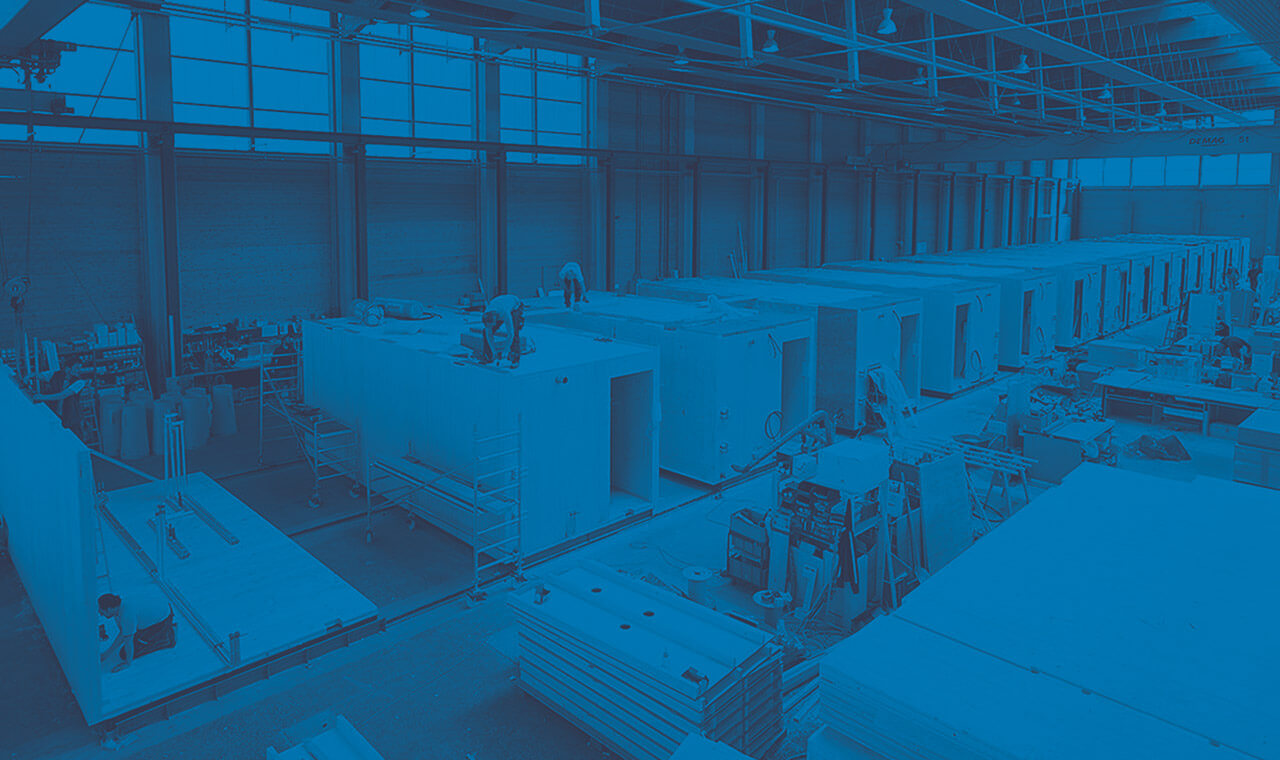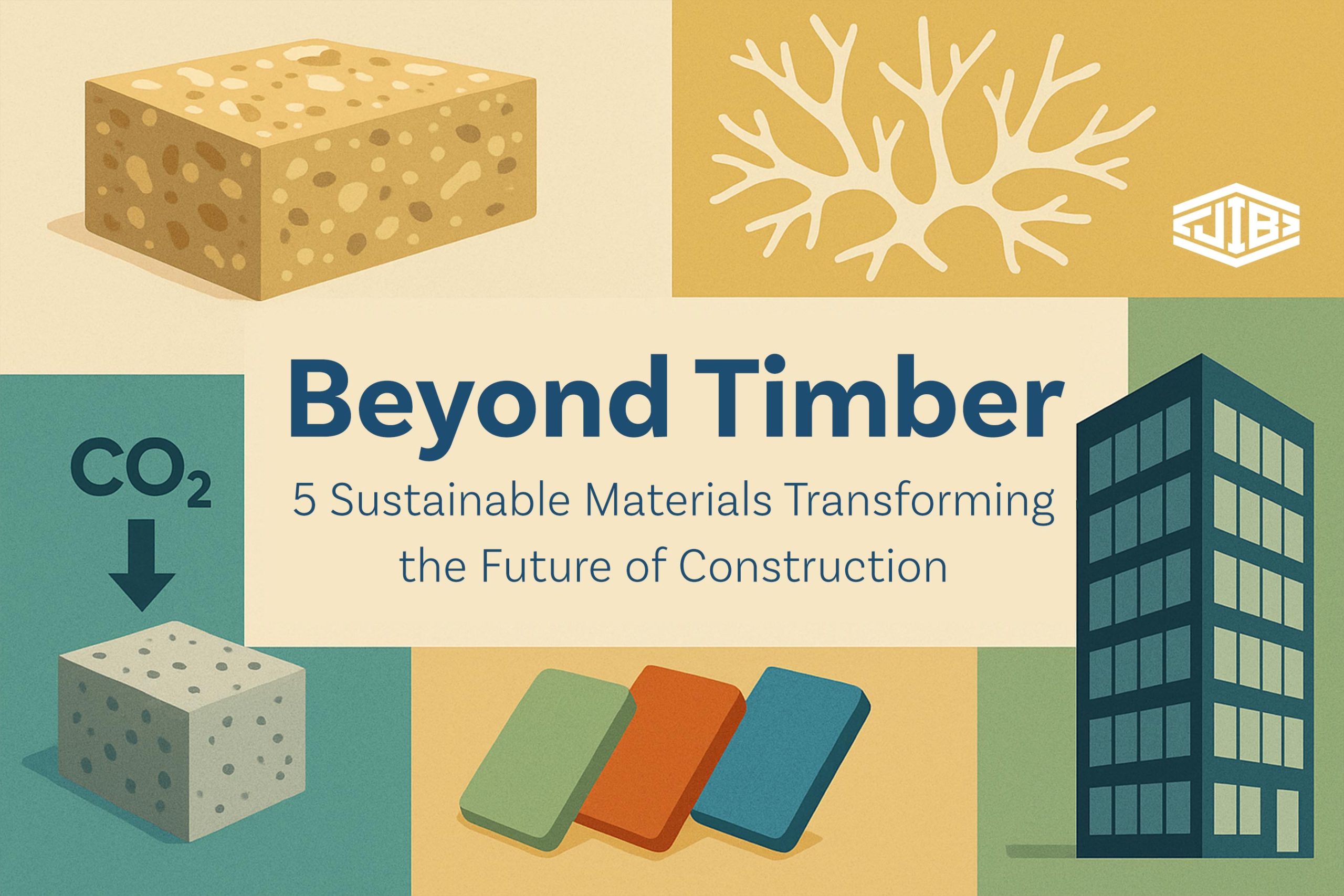Mass timber has captured headlines over the past decade as the darling of sustainable construction and for good reason. Engineered wood offers impressive carbon benefits, speed of assembly, and aesthetic appeal. But as the building industry races toward net-zero targets, timber is only one piece of a much bigger puzzle. What if the materials shaping tomorrow’s buildings could actively remove carbon from the atmosphere, promote healthier indoor environments, and return to the earth at the end of their life cycle?
A new wave of innovative materials is emerging, designed to reduce embodied carbon, improve indoor health, and support circularity in the built environment. From concrete that traps carbon dioxide to insulation grown from mushrooms, these materials are unlike anything we’ve seen before. At Jib, we’re passionate about helping sustainable innovators bring these materials to market. We know that innovative products need more than technical performance, they need clear stories, compelling visuals, and brands that earn trust.
Here are five sustainable materials poised to transform construction beyond timber, and why their stories matter.
1. Hempcrete
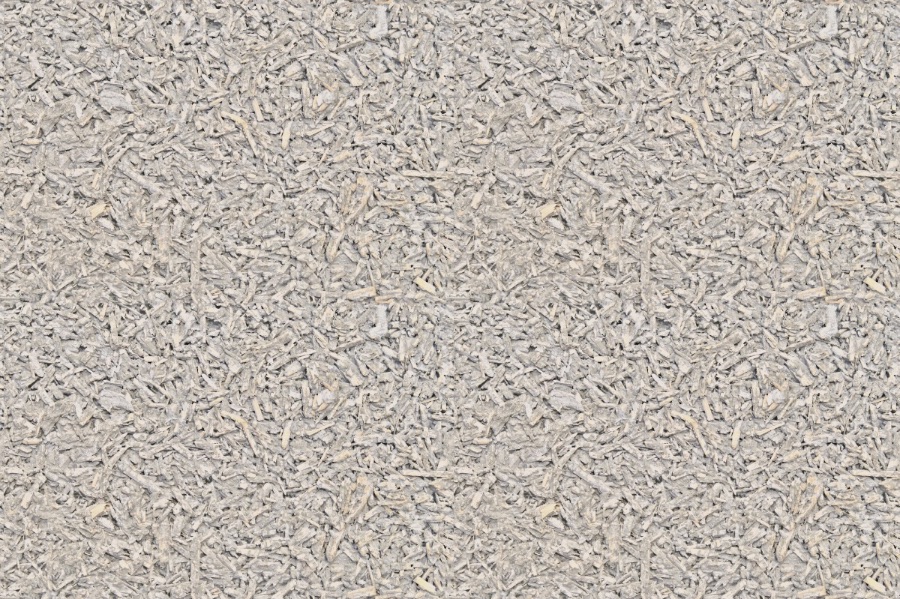
Imagine a wall that breathes, insulates, and even locks away carbon from the atmosphere. Hempcrete makes that possible.
What it is: Hempcrete is created by mixing the woody core of the hemp plant (hemp hurds) with a lime-based binder. The result is a lightweight, insulating material that can be cast into walls or prefabricated blocks.
Why it matters:
- Excellent thermal performance helps reduce heating and cooling loads.
- Naturally resistant to mold and pests.
- During growth and curing, hemp captures more carbon than is emitted during processing, making hempcrete potentially carbon-negative. This means it can sequester more CO₂ than is released during its production and installation.
Challenges:
- Building codes in many regions don’t yet account for hempcrete, primarily due to its relatively new adoption in mainstream construction and a need for updated performance standards.
- Higher upfront costs compared to traditional concrete or insulation, largely due to smaller production scales and less established supply chains.
Storytelling Opportunity: Hempcrete appeals to both sustainability and wellness markets, but it needs clear visuals and messaging to overcome regulatory and perception barriers. Showing the journey from vibrant hemp fields to healthy, breathable buildings can create an emotional connection for architects and developers seeking truly low-impact solutions.
2. Mycelium Insulation
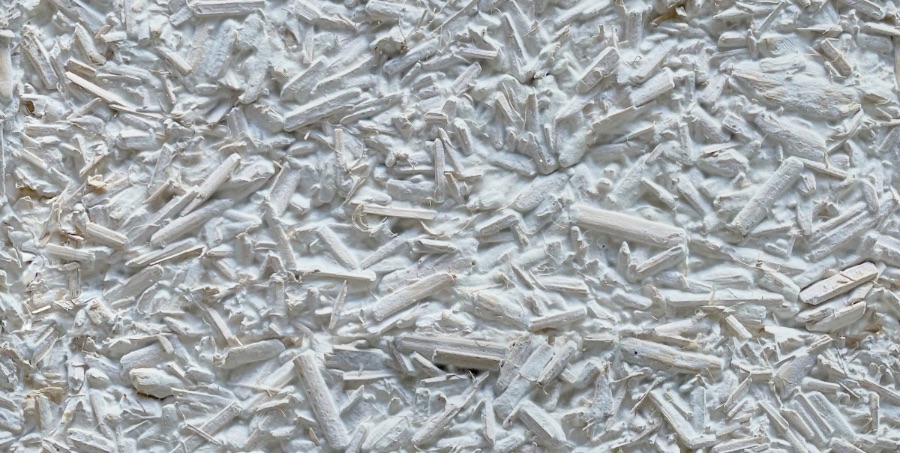
Could the next big insulation material come from mushrooms? Absolutely.
What it is: Mycelium, the root-like network of fungi, can be grown into rigid foam-like shapes. When combined with agricultural waste like straw or sawdust, it forms a natural, biodegradable insulation that looks surprisingly like traditional foam boards.
Why it matters:
- Lightweight yet durable.
- Fire-resistant without toxic additives.
- Completely compostable at the end of life, returning to the earth without pollution.
- Lower embodied energy compared to petrochemical foams, meaning less energy is consumed during its production.
Challenges:
- Still seen as experimental by many builders, requiring greater education on its proven performance and durability.
- Limited production capacity as startups scale up manufacturing to meet growing demand.
Storytelling Opportunity: Mycelium’s futuristic appeal makes it perfect for bold branding and storytelling. Creative visuals can transform “mushroom insulation” from a quirky idea into a serious alternative to petrochemical products. Think fascinating animations showing mycelium growing around particles to form insulation blocks, a visual story that can captivate both technical and general audiences, showcasing nature’s innovative power.
3. Carbon-Cured Concrete

Concrete is the backbone of modern construction, but its traditional production is also one of the planet’s biggest carbon offenders, contributing about 8% of global CO₂ emissions annually. Now, new processes are helping concrete lock carbon away instead of releasing it.
What it is: Carbon-cured concrete injects captured CO₂ into the mix during curing. This not only strengthens the material but permanently stores carbon dioxide, preventing it from entering the atmosphere. The CO₂ becomes chemically bound within the concrete.
Why it matters:
- Can significantly lower a project’s embodied carbon footprint.
- Early adopters include major developers aiming for stringent green building certifications, recognizing its potential for immediate impact.
Challenges:
- New processes often require supply chain adjustments and specialized equipment at ready-mix plants.
- Developers and contractors need education to understand performance, cost implications, and how this innovative concrete integrates into existing workflows.
Storytelling Opportunity: The science behind carbon-cured concrete can be hard to grasp. Jib can help visualize the concept, think powerful infographics showing CO₂ emissions avoided per cubic meter, or compelling animations of the chemical reactions that permanently store carbon within the concrete. Turning invisible benefits into visible proof is essential for convincing developers and investors to make the switch and embrace this carbon-negative solution.
4. Bio-Based Plastics & Composites
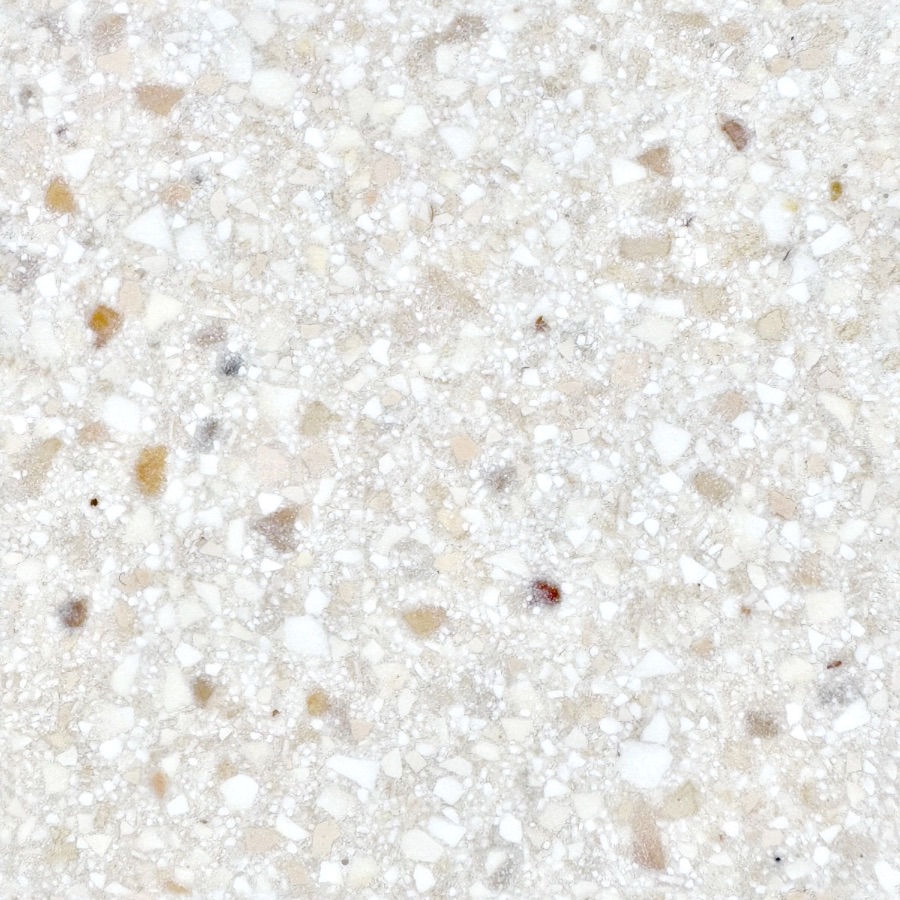
Plastic is everywhere in buildings, from vapor barriers to decorative finishes, but it comes at an environmental cost. Now, innovators are creating plastics from plants instead of petroleum, offering a truly sustainable alternative.
What it is: Bio-based plastics use raw materials like corn starch, algae, or hemp fibers as their feedstock. These can be molded into everything from durable wall panels to aesthetically pleasing interior finishes.
Why it matters:
- Lower carbon footprint than fossil-fuel plastics, as plants absorb CO₂ during their growth.
- Supports circular economy goals when designed for recyclability or biodegradability at the end of their life.
- Consumer demand for sustainable alternatives is growing fast, driving market adoption.
Challenges:
- Higher costs compared to conventional plastics, though prices are expected to decrease with increased production scale.
- Uncertainty about long-term durability under extreme conditions for certain applications, requiring ongoing research and testing.
Storytelling Opportunity: Bio-based plastics offer a fantastic branding opportunity. Colorful visuals and lifestyle-driven messaging can help architects and designers see these materials not just as “green” but as premium, high-performance choices for modern, aesthetically pleasing spaces. Jib can craft brand narratives that position bio-based products as beautiful, high-performance solutions, not just sustainable alternatives, but desirable ones.
5. Low-Carbon Steel

Steel is essential for tall buildings, bridges, and infrastructure, but its traditional production is notoriously carbon-intensive. Now, new methods are emerging to make steel with far less climate impact.
What it is: Low-carbon steel is produced using innovative methods such as hydrogen direct reduction or electric arc furnaces powered by renewable energy, instead of traditional coal-based blast furnaces. Companies like Stegra and Boston Metal are leading the way in developing and scaling these technologies.
Why it matters:
- Steel contributes a significant share of global industrial CO₂ emissions, making its decarbonization crucial.
- Low-carbon options could reduce emissions by up to 90% compared to conventional steel, representing a monumental shift.
- Essential for achieving net-zero goals in high-rise and infrastructure projects where steel remains a fundamental structural component.
Challenges:
- Higher production costs, at least initially, due to the nascent nature of these technologies and the investment required in new infrastructure.
- Limited global supply as these groundbreaking technologies scale up to meet demand.
Storytelling Opportunity: Steel has an image problem, it’s often seen as a “dirty” industry. Jib can help transform the narrative by showcasing low-carbon steel as a hero of sustainable progress, vital for resilient and environmentally responsible urban development. Visuals of sleek, modern projects built with green steel can inspire confidence in developers, investors, and the public, demonstrating its critical role in a sustainable future.
Conclusion
Mass timber may have opened the door for sustainable construction materials, but it’s just the beginning. From hempcrete that actively captures carbon to hydrogen-produced steel that drastically cuts emissions, a new generation of innovative products is ready to reshape how we build our cities and homes.
Yet these innovations face the same hurdle: they need more than technical performance, they need stories that earn trust, educate audiences, and create emotional connections. At Jib, we specialize in helping sustainable material innovators bring complex technologies to market through clear messaging, compelling visuals, and creative brand strategies. If you’re working on the next big sustainable material, we’d love to help you tell your story, and change the future of construction.
Curious how we could help? Let’s talk.
Industry Reports or Tools:
- Embodied Carbon in Construction Calculator (EC3)
→ Useful for quantifying carbon savings from new materials. - IPCC Climate Reports
→ Authoritative context on why low-carbon materials matter.
Wondering how storytelling and smart marketing can advance offsite construction, mass timber, and sustainability in North America?
Whether you’re in AEC, sustainability, or shaping the built environment, we’d love to connect. Let’s talk – or explore BuildBetter.Marketing.
Structure needs story. Jib delivers.
